5 Common Pitfalls to Avoid When Buying an End Effector

Posted on Sep 26, 2013 1:45 PM. 4 min read time
When you consider buying an end effector for your applications, there are things you should always consider. Investment in robotics can be very expensive, so it is important to make the right choices the first time to avoid spending extra money or causing project delays. Here are some common pitfalls that you should be aware of in order to avoid them.
Mistake 1: Underestimating payload requirement
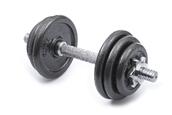 When you want to automate your production, you first have to choose an industrial robot. To do so, an important thing you should consider is the weight of your parts, because the robot will be designed for a specific payload. The weight of the end effector you will choose to install also has to be considered. One common mistake committed by buyers is to forget to add the weight of the end effector in their payload calculation. So, the payload of the robot will in fact be less than initially determined.
When you want to automate your production, you first have to choose an industrial robot. To do so, an important thing you should consider is the weight of your parts, because the robot will be designed for a specific payload. The weight of the end effector you will choose to install also has to be considered. One common mistake committed by buyers is to forget to add the weight of the end effector in their payload calculation. So, the payload of the robot will in fact be less than initially determined.
Mistake 2: Minimizing the importance of cabling
Any robotic device will have cables to power it and to communicate with it. The important features of these cables are often not considered. However, cables used in dynamic applications have specific characteristics that any buyer should consider. Not all cables are made to move repetitively in bending or torsion motions. Failure to respect their specifications can result in broken wire and production stops. To learn more on cable specifications and features, you can read this previous blog post: Robotic Applications: Flexible or High-Flex Cables.
Mistake 3: Failure to understand Accuracy vs Repeatability
Robotic end effector features often mention accuracy or repeatability statistics. Depending on your application there is a distinction to be made between the two. Accuracy means to reach the calculated point with precision. Repeatability means to return accurately to a point over and over again. Since end effectors don’t have the power to move to a point on their own, repeatability is the element to consider. Tests are conducted on almost every robot gripper to determine the repeatability of their closing and opening sequences. This data can often be found on their respective spec sheets. In this blog post: Robotic Gripper Repeatability Definition and Measurements, you will find more information on this subject.
Mistake 4: Not considering all the elements before choosing an end effector
A lot of elements have to be considered before choosing the right gripping device for your applications. Here is a list which refers to technical factors from a process and part perspective, of what should be considered:
- The task itself
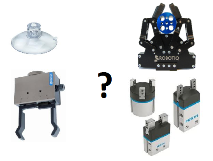
- Needed Cycle Time
- Repeatability needs
- Environmental needs
- Part size
- Part shape
- Part weight
- Part surface type
- Economic factors
Complete details of these elements can be found in this article: How to choose the right robot gripper for your robotic application.
Mistake 5: Minimizing the importance of the end effector
When designing a whole robotic system, engineers are more likely to focus on the robot arm first and then in order to give it the necessary flexibility; they will look at expansive optional systems such as vision or sensing technologies. We, at Robotiq, think that the gripper is important to consider at the beginning of the design process. Its incorporated flexibility can greatly simplify the overall robotic system. You should always get all the information you need on the end effector before going on with the design of your cell. This can effectively decrease your project costs.
Through this article, we hope that you will avoid these mistakes when you look for your next end effector. Robotiq’s engineers can answer all your questions about our end effectors such as the 2-Finger Adaptive Gripper - 85, -200 and the 3-Finger Adaptive Gripper.


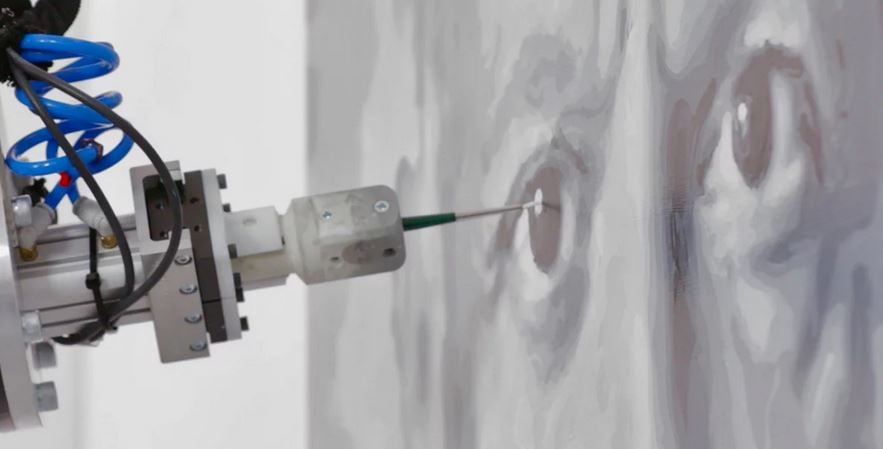

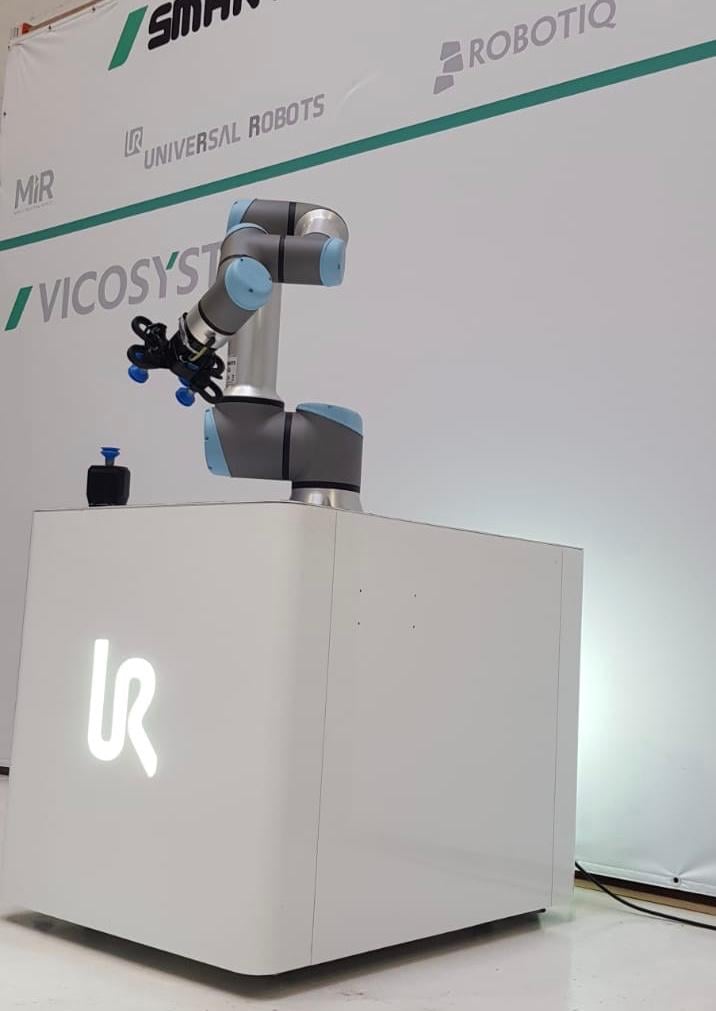

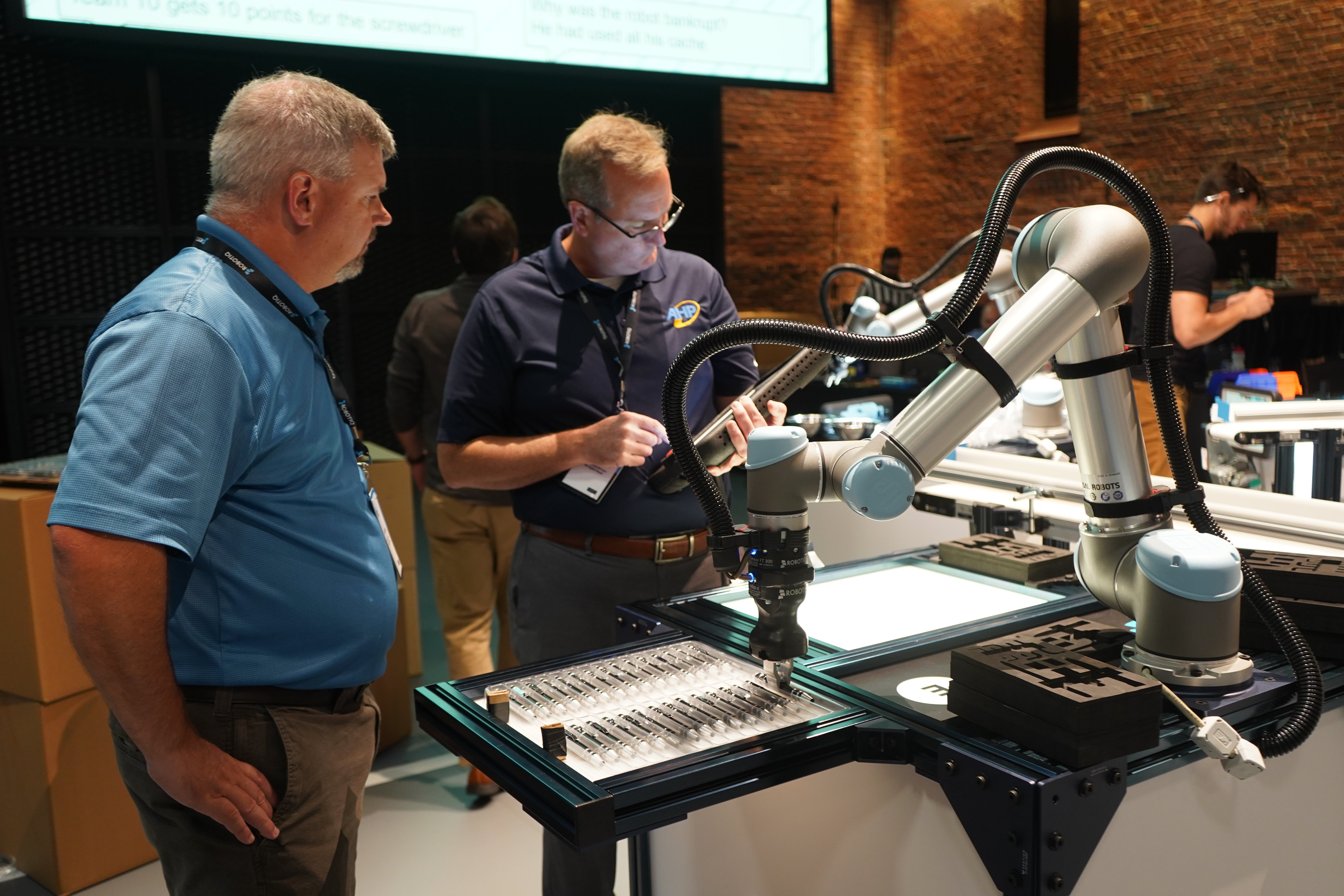


Leave a comment